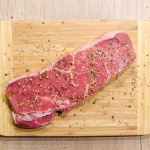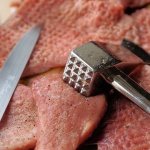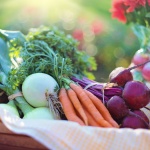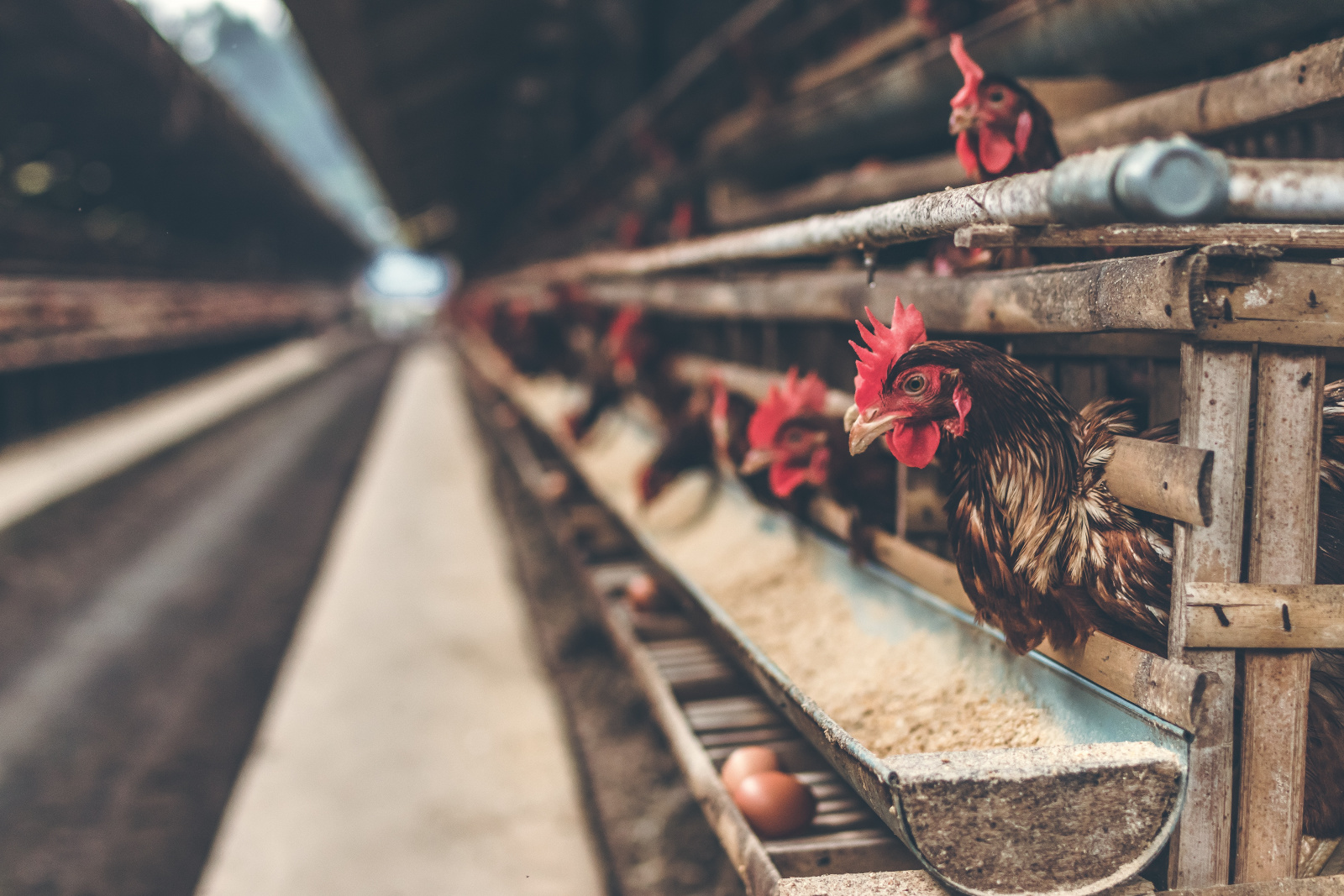top of mind news
- 10 Cash Flow Management Best Practices for Restaurants
- Millennial parents driving change in children’s beverage market
- Teens in the kitchen: Gen Z’s independence in food and cooking choices
- Why It’s the Buyers Edge Platform’s Year at the National Restaurant Association Show
the farm
Poultry
 Chicken slaughter jumped 3% last week (wow) and was up more than 2% from last year. Heavier bird weights pushed ready-to-cook (RTC) production nearly 4% over last year. Following escalating margins, chicken production should expand into the summer months. Chicken wing prices remain elevated but expanding output and waning interest on wings is expected to weigh heavy on prices into the summer. Chicken breast meat looks to have posted an earlier than usual seasonal top and could begin to fade earlier than typical, especially with aggressive production anticipated. Leg quarter prices remain supported, as active export interest is likely keeping prices firm
Chicken slaughter jumped 3% last week (wow) and was up more than 2% from last year. Heavier bird weights pushed ready-to-cook (RTC) production nearly 4% over last year. Following escalating margins, chicken production should expand into the summer months. Chicken wing prices remain elevated but expanding output and waning interest on wings is expected to weigh heavy on prices into the summer. Chicken breast meat looks to have posted an earlier than usual seasonal top and could begin to fade earlier than typical, especially with aggressive production anticipated. Leg quarter prices remain supported, as active export interest is likely keeping prices firm
Beef
 Last week, beef production eased modestly from the week prior but was near 2% over last year. Packers are in full swing, increasing beef production into the summer months and cattle supplies are abundant. Amid rising production schedules, beef prices have plummeted which has spurred wholesale buying activity, following dismal interest when prices were high. Beef prices are expected to be choppy heading into Memorial Day, but a rebound on key grilling items is anticipated. Despite expectations for holiday related price support, the upside potential for the beef markets may be limited later this summer and into the fall.
Last week, beef production eased modestly from the week prior but was near 2% over last year. Packers are in full swing, increasing beef production into the summer months and cattle supplies are abundant. Amid rising production schedules, beef prices have plummeted which has spurred wholesale buying activity, following dismal interest when prices were high. Beef prices are expected to be choppy heading into Memorial Day, but a rebound on key grilling items is anticipated. Despite expectations for holiday related price support, the upside potential for the beef markets may be limited later this summer and into the fall.
Pork
 Pork output is declining seasonally, but production schedules are expected to remain over the previous year going forward. The USDA pork cutout value is rising, and more increases are likely to extend well into the summer. Pork belly prices are back on the rise, and history suggests that prices could trend back towards the $1.800 price level sometime this July. Pork rib prices have skyrocket as export demand is pulling U.S. product. There is still the likelihood of six-weeks of higher prices for pork ribs but a lower retracement may occur before that rally.
Pork output is declining seasonally, but production schedules are expected to remain over the previous year going forward. The USDA pork cutout value is rising, and more increases are likely to extend well into the summer. Pork belly prices are back on the rise, and history suggests that prices could trend back towards the $1.800 price level sometime this July. Pork rib prices have skyrocket as export demand is pulling U.S. product. There is still the likelihood of six-weeks of higher prices for pork ribs but a lower retracement may occur before that rally.
The Sea
Seafood
 During March, U.S. snow crab imports were substantially bigger than the previous year, up 33%. However, once again, it took significantly inflated price levels to do so. With the Newfoundland and Gulf of St. Lawrence snow crab quotas historically low, limited snow crab supplies are expected to persist at least through the end of the year underpinning prices.
During March, U.S. snow crab imports were substantially bigger than the previous year, up 33%. However, once again, it took significantly inflated price levels to do so. With the Newfoundland and Gulf of St. Lawrence snow crab quotas historically low, limited snow crab supplies are expected to persist at least through the end of the year underpinning prices.
The Garden
Produce
 The avocado supply remains limited due mostly to a lackluster California harvest. Forecasts are for the California avocado harvest to track near 20% below 2019 levels. The avocado markets are likely to be erratic during the summer. The tomato markets are firm. Shipments from Mexico fell sharply last week ahead of the U.S. instituting a 17.5% tariff on imports. The total tomato supply in the U.S. last week fell 19% from the previous week and was 20% less than the same week last year. The risk in the tomato markets is to the upside in the coming weeks
The avocado supply remains limited due mostly to a lackluster California harvest. Forecasts are for the California avocado harvest to track near 20% below 2019 levels. The avocado markets are likely to be erratic during the summer. The tomato markets are firm. Shipments from Mexico fell sharply last week ahead of the U.S. instituting a 17.5% tariff on imports. The total tomato supply in the U.S. last week fell 19% from the previous week and was 20% less than the same week last year. The risk in the tomato markets is to the upside in the coming weeks
The kitchen sink
Dairy
The spot butter market recently hit the highest level since March. U.S. March butter exports were down 33% from the prior year, but butter imports for the month were up 46% from 2018. In January through March, U.S. butter disappearance was up 3.3% (yoy). Since 2014 the average move for the spot butter market was up 4.1% over the next five weeks. The cheese markets weakened since last week. Year-to-date cheese exports through March were 9.8% better than last year and were the second best for that period on record. History hints that cheese prices can still increase in the late-spring.
Grains
 Wet weather has continued to delay the planting season for just about all the grain crops. The impact on the corn supply is becoming increasingly a concern. As of May 12th, just 30% of the crop was in the ground, one of the slowest paces for the week in the last several decades. Corn prices are likely to be volatile in the near term.
Wet weather has continued to delay the planting season for just about all the grain crops. The impact on the corn supply is becoming increasingly a concern. As of May 12th, just 30% of the crop was in the ground, one of the slowest paces for the week in the last several decades. Corn prices are likely to be volatile in the near term.







